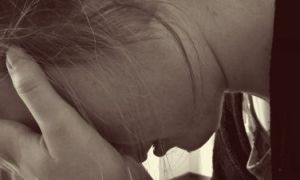The following provides a list of activity ideas for each sub-outcome of MTOP Outcome 2: Children and Young People Are Connected With And Contribute To Their World.
2.1 Children and young people develop a sense of belonging to groups and communities and an understanding of the reciprocal rights and responsibilities necessary as active and informed citizens
- Invite family members or local elders to share personal or cultural stories. This builds bridges between home and community while celebrating identity.
- Encourage children to bring photos or draw pictures representing their family members and people who matter to them. Displaying these portraits in the learning environment reinforces a sense of belonging and sparks conversations about community and relationships.
- Guide children to create simple “maps” of their lives, highlighting places, favorite local spots, or significant cultural traditions. They can use drawings, photographs, or collage elements to represent different aspects of their identity
2.2 Children and young people respond to diversity with respect
- Arrange special days when children can wear traditional clothing or bring items from their heritage. They can explain what these items mean to them, promoting mutual understanding and respect.
- Organize a tasting event where families share dishes from their cultures. Children can help prepare, serve, or talk about the foods, linking taste with tradition and heritage.
-
Use books and media from various cultures. After reading a story, hold a discussion or activity that encourages children to compare and celebrate differences and similarities among the characters and their own lives.
2.3 Children and young people become aware of fairness
- Set up a regular meeting where children can share ideas on how to enhance their learning environment, solve problems together, or plan a special project. Rotating leadership roles can build confidence and collaborative skills.
- Organize outings to local landmarks such as parks, libraries, community gardens, or even a safe visit to nearby businesses. Invite community helpers (firefighters, librarians, gardeners) to talk about their roles and how everyone plays a part in the community.
- Work together on a large-scale art project that reflects community stories or landmarks. This visual and hands-on activity encourages discussion about what “community” means to each child.
2.4 Children and young people become socially responsible and show respect for the environment
-
Create a garden where children plant, nurture, and eventually harvest produce or flowers. Assigning small responsibilities (watering, weeding) teaches care, patience, and the cycles of nature.
-
Lead creative sessions where everyday recycled items are transformed into art or useful objects. Discussions can focus on how recycling helps protect the environment, reinforcing a sense of responsibility.
- Organize a guided walk where children search for natural features (specific leaves, rocks, insects). This not only hones observation skills but also inspires curiosity about local biodiversity.
- Set up a wall where each child can write or draw one small action they’ll commit to improving the environment. Revisiting the wall over time reinforces accountability and positive change.
Further Reading
MTOP Learning Outcomes V2.0
Principles Of The MTOP Version 2.0
Activity Ideas To Support MTOP Outcome 1: Children Have A Strong Sense Of Identity




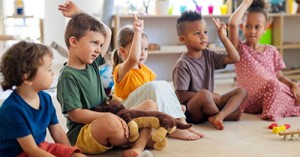

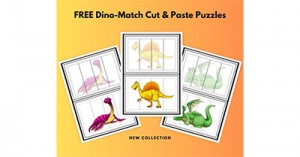
 Open ended questions cannot be responded to with one word answers such as yes or no. These types of questions enables a child to provide
Open ended questions cannot be responded to with one word answers such as yes or no. These types of questions enables a child to provide During your child’s preschool years, an important milestone begins to emerge. This is the development of pre-writing skills. Pre-writing skills are used to encourage, develop
During your child’s preschool years, an important milestone begins to emerge. This is the development of pre-writing skills. Pre-writing skills are used to encourage, develop Open ended materials enables children to play freely. They are objects that have no rules to follow, use or function. Raw materials that can be
Open ended materials enables children to play freely. They are objects that have no rules to follow, use or function. Raw materials that can be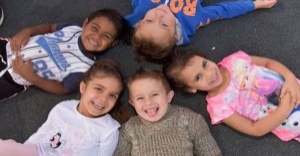 An Acknowledgment of the Country is a way of showing respect for the Traditional Owners and can be given by both non-Indigenous people and Aboriginal
An Acknowledgment of the Country is a way of showing respect for the Traditional Owners and can be given by both non-Indigenous people and Aboriginal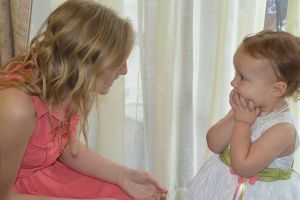 Language plays an important role in a child’s development. It enables a child to communicate effectively with their family, learn at school, socialize with friends,
Language plays an important role in a child’s development. It enables a child to communicate effectively with their family, learn at school, socialize with friends,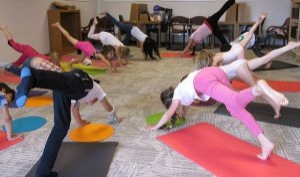 Like adults, children have to deal with their own stress in life. Moving house, starting a new school, preparing for a new sibling - these are
Like adults, children have to deal with their own stress in life. Moving house, starting a new school, preparing for a new sibling - these are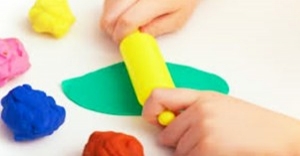 Playdough is such a versatile material. It provides numerous benefits to children as they manipulate it, it is safe and soothing and provides children with
Playdough is such a versatile material. It provides numerous benefits to children as they manipulate it, it is safe and soothing and provides children with Teaching children about sustainability enables them to appreciate and respect the natural environment. Early childhood services can provide meaningful hand on learning experiences in order
Teaching children about sustainability enables them to appreciate and respect the natural environment. Early childhood services can provide meaningful hand on learning experiences in order Recycling is an important concept that teaches children to care for the environment. It encourages children to be responsible and show a growing appreciating for
Recycling is an important concept that teaches children to care for the environment. It encourages children to be responsible and show a growing appreciating for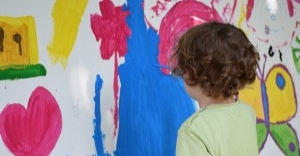 When children apply paint to paper, glue things together, or pound a lump of clay, they experiment with colour, shape design and texture.
When children apply paint to paper, glue things together, or pound a lump of clay, they experiment with colour, shape design and texture.

